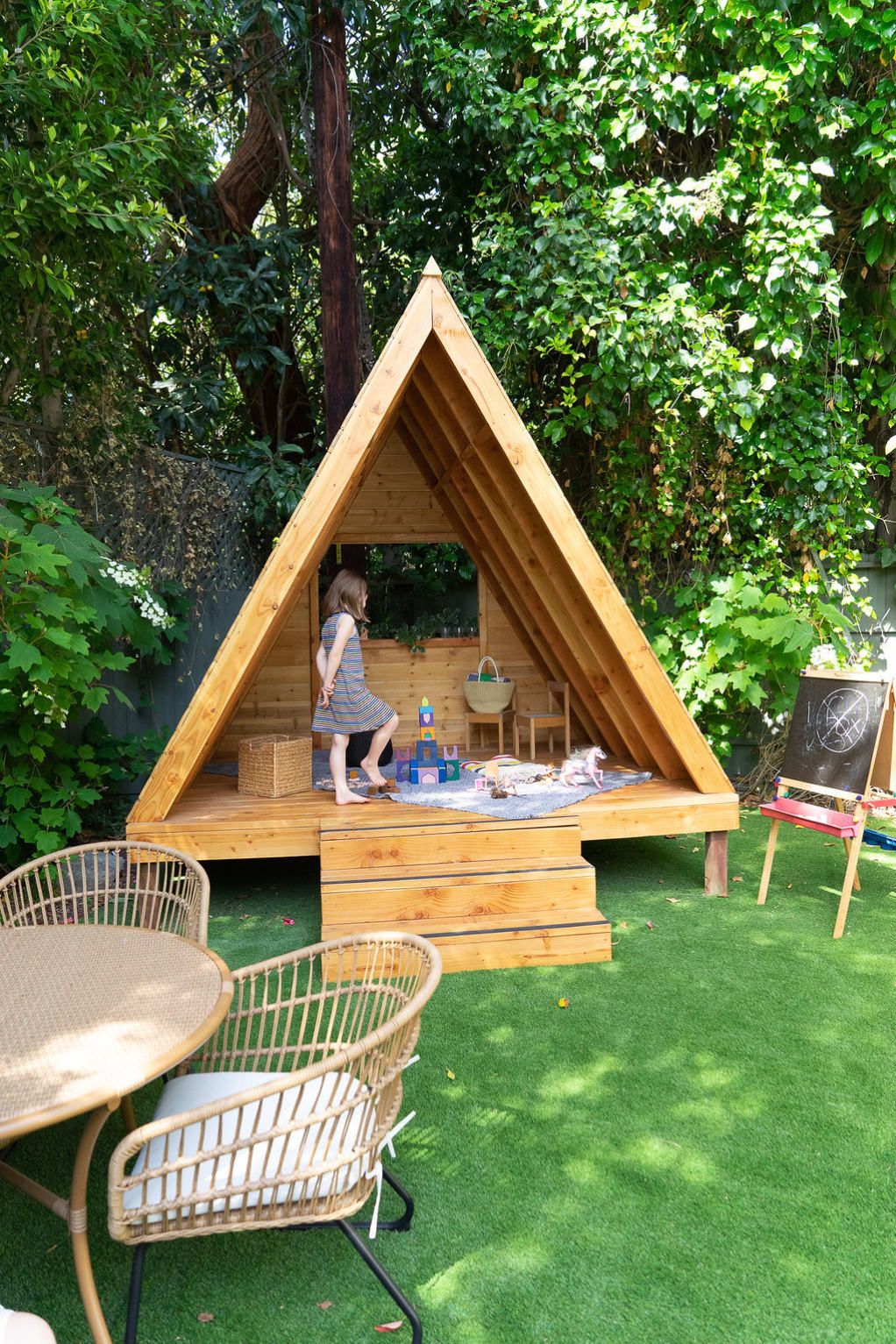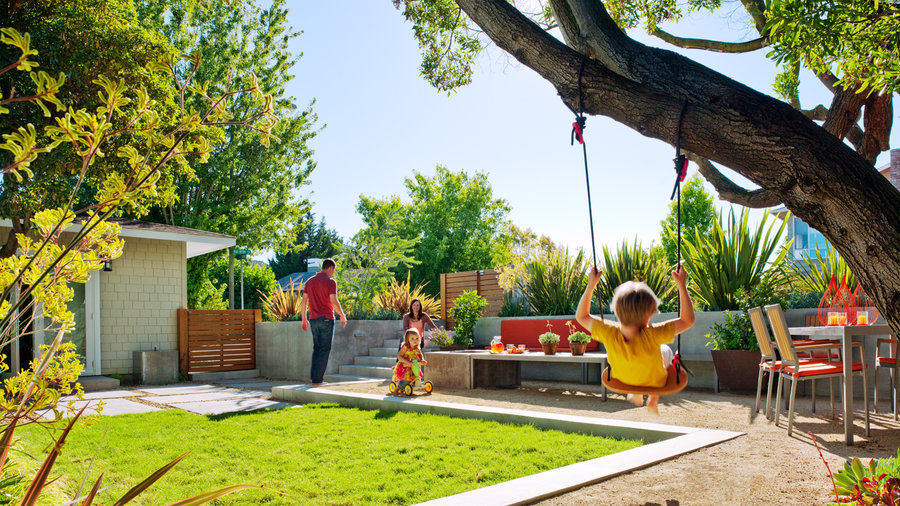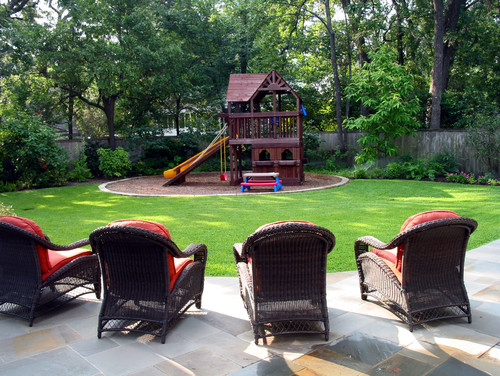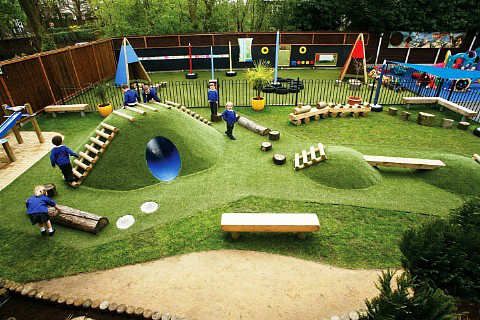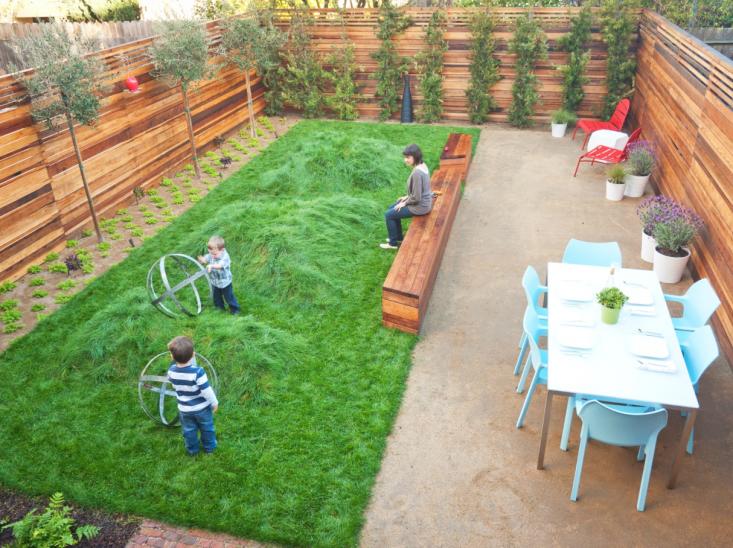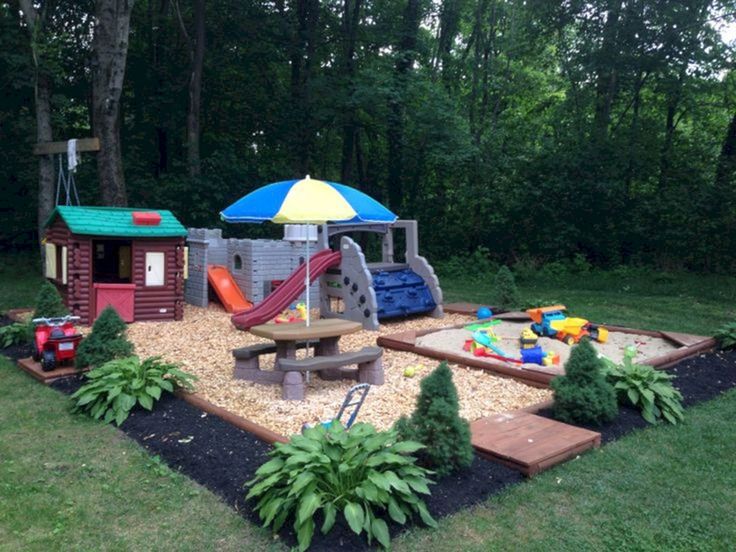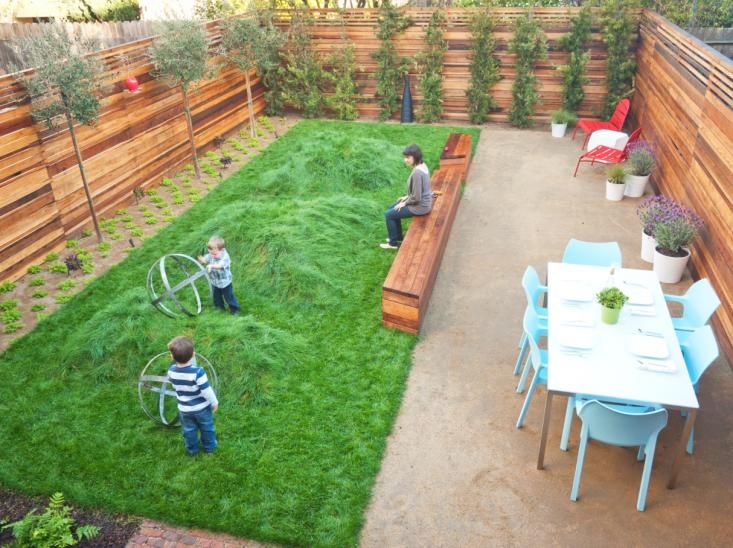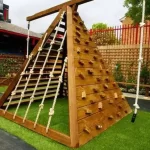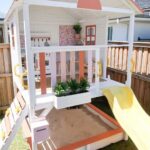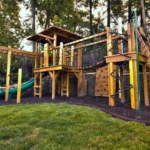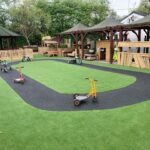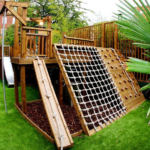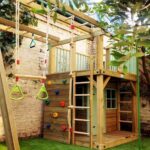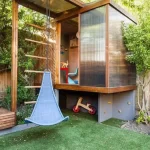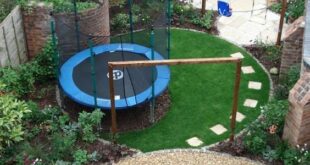Designing a kid-friendly backyard is a fun and creative project that can provide endless hours of enjoyment for children of all ages. From play structures to sensory gardens, there are many ways to transform your outdoor space into a safe and stimulating environment for kids to explore and play.
One of the most popular features of a kid-friendly backyard is a play structure or swing set. These structures can provide hours of entertainment and physical activity for children, encouraging them to climb, slide, swing, and explore their surroundings. When designing a play structure, it’s important to consider the age and interests of your children, as well as the size and layout of your backyard. There are many different options available, from simple slides and swings to elaborate jungle gyms with climbing walls and tunnels. Whichever option you choose, make sure that the structure is sturdy, safe, and well-maintained to prevent accidents and injuries.
In addition to a play structure, consider incorporating other elements that will engage your children’s senses and foster their creativity. A sensory garden, for example, can provide a stimulating environment for kids to explore nature through touch, smell, and sight. Planting fragrant flowers, herbs, and fruits can appeal to their sense of smell, while colorful flowers, textured leaves, and interesting shapes can capture their attention and spark their curiosity. Adding a sand or water play area can also provide a fun and educational experience for children, allowing them to experiment with different materials, build structures, and engage in imaginative play.
Another important aspect of designing a kid-friendly backyard is creating a space where children can relax, socialize, and enjoy the outdoors. Providing comfortable seating, shaded areas, and outdoor toys can encourage kids to spend more time outside, engaging in activities like reading, drawing, or playing games with friends. Consider adding a picnic table, hammock, or bean bag chairs to create a cozy and inviting atmosphere for kids to unwind and recharge.
Finally, don’t forget to involve your children in the design process to ensure that the backyard reflects their interests and preferences. Ask for their input on the types of activities they enjoy, the colors and themes they like, and how they envision their ideal outdoor space. By involving them in the decision-making process, you can create a backyard that is not only functional and attractive but also tailored to their needs and desires.
In conclusion, designing a kid-friendly backyard is a rewarding and fulfilling project that can provide endless opportunities for children to learn, explore, and play. By incorporating elements like play structures, sensory gardens, and comfortable seating areas, you can create a safe and stimulating environment where your children can enjoy the outdoors and make lasting memories. So roll up your sleeves, gather some ideas, and start planning your backyard transformation today!
 innstyled backyard design ideas
innstyled backyard design ideas
